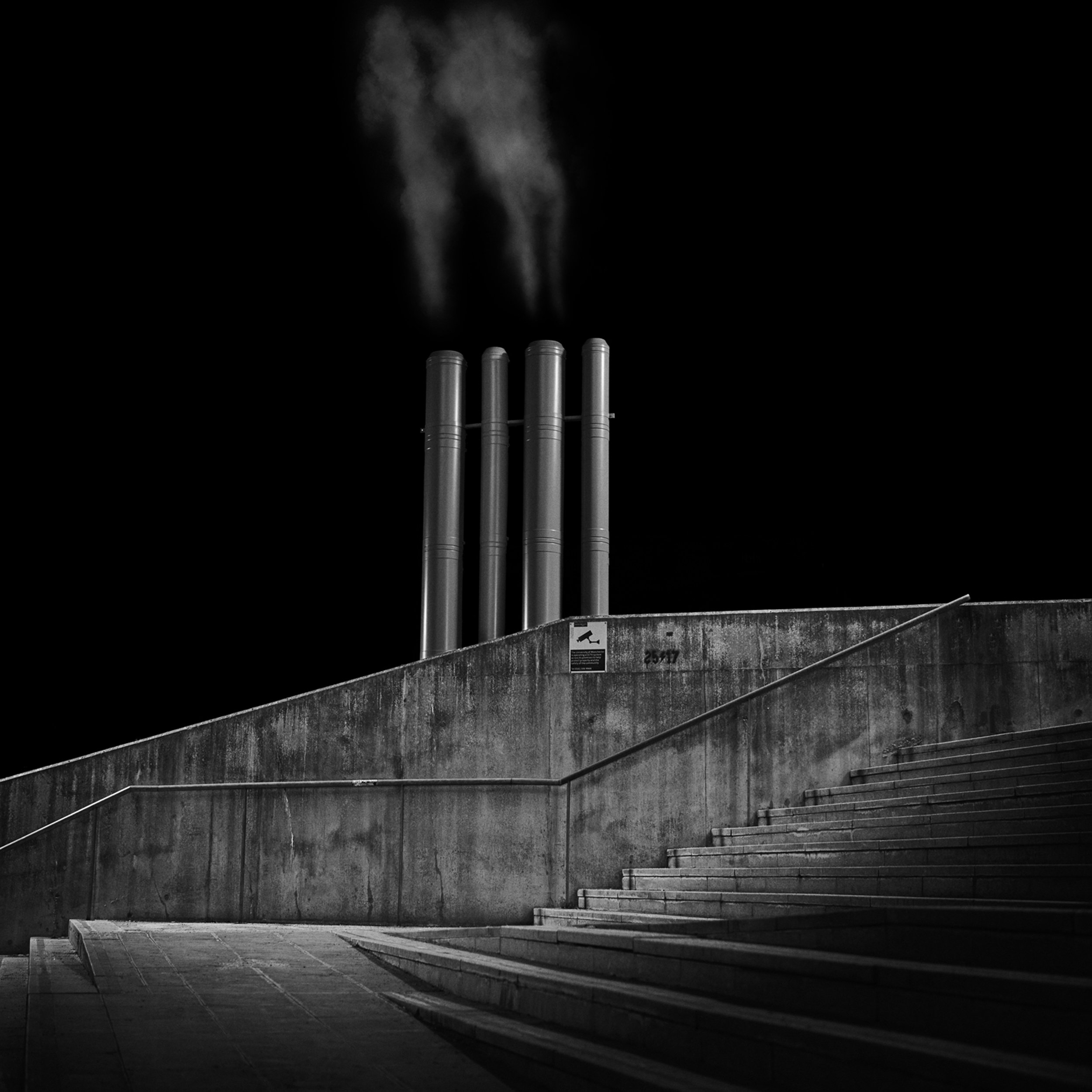Tales from the Loop: Discovering a Theory
Chapter Five: Hypernormalisation
Understanding Hypernormalisation: When Reality Feels False but Continues
I’m not sure where I first came across the word hypernormalisation, but when I read the description, it felt eerily familiar. It’s that sense that the world is slowly spinning out of control—politically, morally, socially—and yet life continues as though nothing is wrong. Everyone carries on, as if “it is what it is” and there’s no point in fighting it.
The term was coined by Russian writer Alexei Yurchak in his book Everything Was Forever, Until It Was No More: The Last Soviet Generation. In it, he describes a society where “everyone knew the system was failing, but no one could imagine any alternative.” People lived in a reality they knew was false, but they maintained the appearance that everything was functioning because the idea of change was unimaginable.
Walking The Loop: Repetition, Ritual, and Shifting Perceptions
At this point in my own project, I had walked what I called The Loop countless times. My catalogue of images was growing—stranger, more abstract—and my original hypothesis was starting to feel less theoretical and more lived: that walking the same route, over and over, until I became bored and indifferent, might allow me to find a deeper meaning.
When Yurchak wrote, “Although the system’s collapse had been unimaginable before it began, it appeared unsurprising when it happened,” it resonated with my own slow shift in perception. The Loop felt unchangeable, but when my way of seeing it finally shifted, it seemed inevitable in hindsight.
The Loop had become my own hypernormal landscape. Its graffiti, weather, and shifting shadows were in constant flux, yet the path itself remained the same. Walking it became ritual—a way to keep moving forward even when nothing seemed to change. Like Yurchak’s Soviet citizens, I was maintaining the same appearances, even as I privately recognised things could not continue as they were.
I also realised I was beginning to experience The Loop differently without my camera. I found myself printing images, reordering them, experimenting with scale. The chimneys I’d once dismissed became monoliths—anchors to my process. The printing work became another way of seeing The Loop, a step away from simply documenting it and toward understanding why I was drawn to it in the first place.
Rituals of The Loop: Walking, Seeing, and Endurance
After many hours immersed in heavy theory and editing the images of The Loop, I found myself needing something different to switch off at night. I turned to Cormac McCarthy’s The Road — hardly a light bedtime read, but somehow fitting.
The parallels between The Road and Yurchak’s Everything Was Forever, Until It Was No More struck me unexpectedly. In The Road, a man and his son travel a harsh, post-apocalyptic landscape where almost all life has been destroyed. No one within that world is surprised by the end of the world as they know it. Their ritual — the act of moving south, “carrying the fire” of hope and goodness — is as much about endurance and emotional resilience as it is about physical survival.
Walking The Loop, too, felt like a ritualized journey through a hostile terrain. The graffiti, the protest camp, the shadowed paths under bridges — a cut-through, not a place to linger. It is an environment that carries real threats; warnings from the university not to go there alone at night remind me how charged this landscape is. Like The Road, the emotional atmosphere here is tense, wary, and watchful.
As Yurchak writes about ritualized acts, “through the repetition of ritualized actions in different contexts, persons are produced and produce themselves as ‘ritualized agents … who have an intrinsic knowledge of these schemes embedded in their bodies, in their sense of reality, and in their understanding of how to act’” (Bell 1992, quoted in Yurchak 2005, 33). My repeated walks and photographs of The Loop became such a ritual — a performance of endurance and attention that both shaped and was shaped by this challenging space.
More Fictional Than Documentary: The Transformation of the Image
One image in particular — the photo of the four chimneys — became a turning point. I experimented by removing the lights from the background in Photoshop, stripping away the living, distracting elements. Suddenly, the image transformed from documentary into something more abstract, dystopian, post-apocalyptic.
More fictional than documentary, more about the future than of the past.
This shift in the image echoed the social critique that had always been beneath the surface in my work — the relentless, exhausting cycles of late capitalism, the widening wealth gap, the environmental collapse looming on the horizon. Yurchak’s insight into the “performative shift” of authoritative discourse during late socialism, where “the performative dimension’s importance grows, while the constative dimension opens up to new meanings, even irrelevance,” helped me understand how my work operates at the boundary between meaning and form (Yurchak 2005, 12).
Perhaps I hadn’t yet found the words to express these ideas clearly, but they were always there, waiting in the shadows of the frame.




